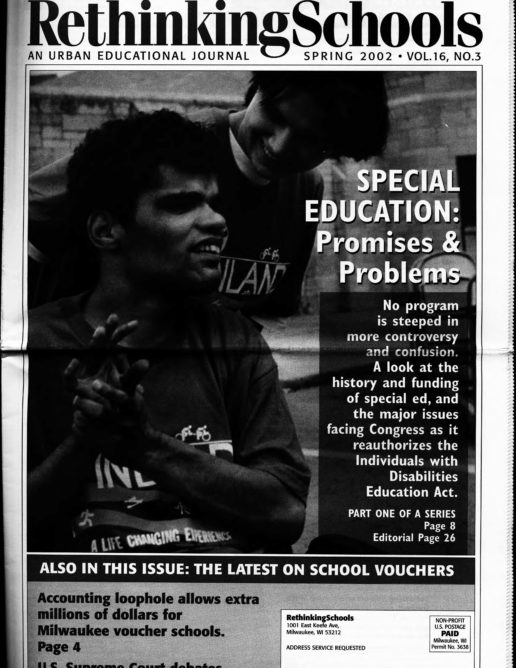From Coffee to Coca
A classroom friendly book helps students recognize how world trade affects our lives.
The World That Trade Created: Society, Culture, and the World Economy, 1400 – the Present, Kenneth Pomeranz and Steven Topik. (Armonk, NY: M. E. Sharpe, 2001). 280 pp. $19.95. Paperback
When I think back to my high school social studies teachers, I think of one in particular. A stroke victim and alcoholic who we surely helped dispatch from this planet prematurely, he stressed the interconnectedness of events around the world. Even though his room was chaos, most of us remembered that it was no historical accident that Columbus sailed very close to the time that the Spanish expelled the Moors, or that the students in class with Irish surnames were there because the English wanted to feed their population before their colonial subjects.
Reading The World That Trade Created, Society, Culture, and the World Economy, 1400 – the Present by Kenneth Pomeranz and Steven Topik, I was reminded of my high school experience and what might be good material for my current classes.
The book is a collection of short columns about global economic issues that the authors have written over the years for World Trade magazine; the columns deal with everything from the Fujian Trade Diaspora, to the Euro currency, to the story of guano (manure from the sea birds off the coast of Peru). The authors make the same point as my often-incapacitated 10th grade teacher: global integration affects us all. Decisions that we make about consumption, or decisions by corporations or governments, impact entire regions or nations.
GOOD FOR HIGH SCHOOL
The brevity of the articles (usually one or two pages) and their highly readable nature make the book well-suited for high school students. The book is especially useful for world history, world studies, and macroeconomics teachers because it takes complex ideas and presents them in a relevant and entertaining way.
One caution, however. As is often the case with articles written for mainstream magazines, the columns don’t always go beyond a surface critique; sometimes the authors seem more concerned with cleverness than with hard-hitting analysis.
The book is organized around seven thematically based chapters, such as: “The Violent Birth of Corporations,” “Trademarks: What’s in a Name?” and “Primitive Accumulation: Brazilwood.”
The chapter on “The Economic Culture of Drugs” has been particularly successful in my classroom. I usually begin by reading the chapter’s introduction, which explores how and under what social conditions a plant or its pharmacological effects are deemed socially acceptable or unacceptable. It also examines how “drugs” were the first commodities in the modern global trading system.
I then ask students to write about an article they find interesting from the chapter. (The articles examine chocolate, coffee, sugar, tobacco, opium, and coca.) Invariably, most students want to write about the coca article, entitled “Chewing is Good, Snorting Isn’t: How Chemistry Turned a Good Thing Bad (Coca).”
Beyond the progressive outlook of many of the essays in “The World That Trade Created,” the book can be just plain fun. It also is a humanistic work.
In a straightforward way, The World That Trade Created looks at how we are interconnected: how a slave revolt in Haiti in the 18th century and the making of rum in New England were related, or, more contemporaneously, how drinking cups of Ethiopian Strong coffee in Milwaukee affects the lives of transient coffee pickers in Quetzaltenango.
This book connected my students with the world. I strongly recommend it.

